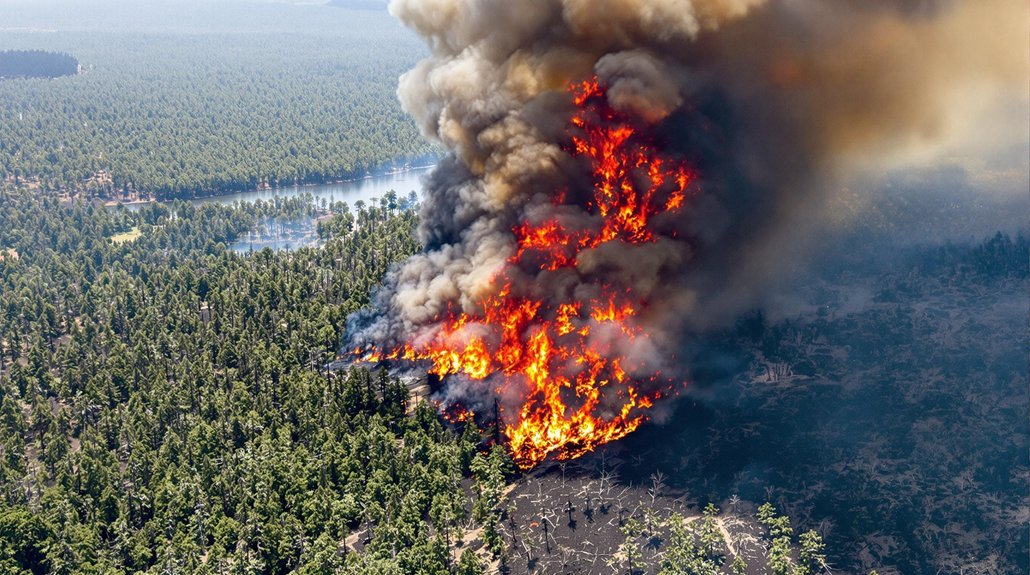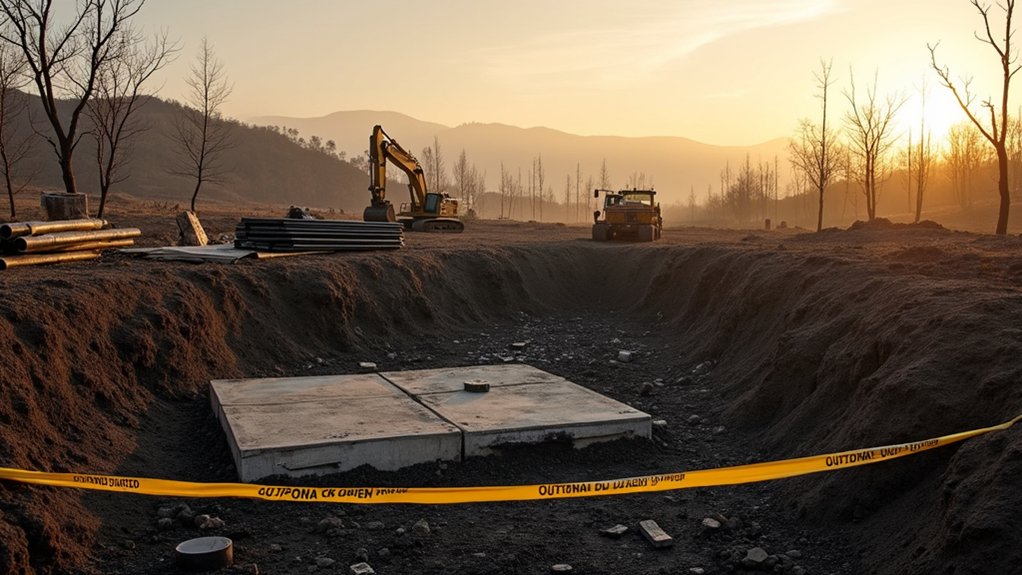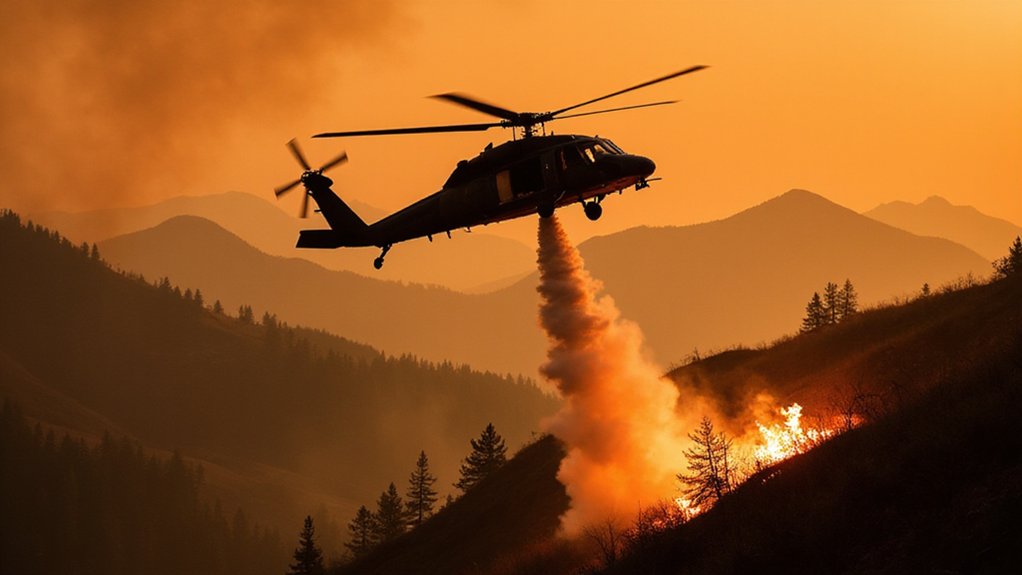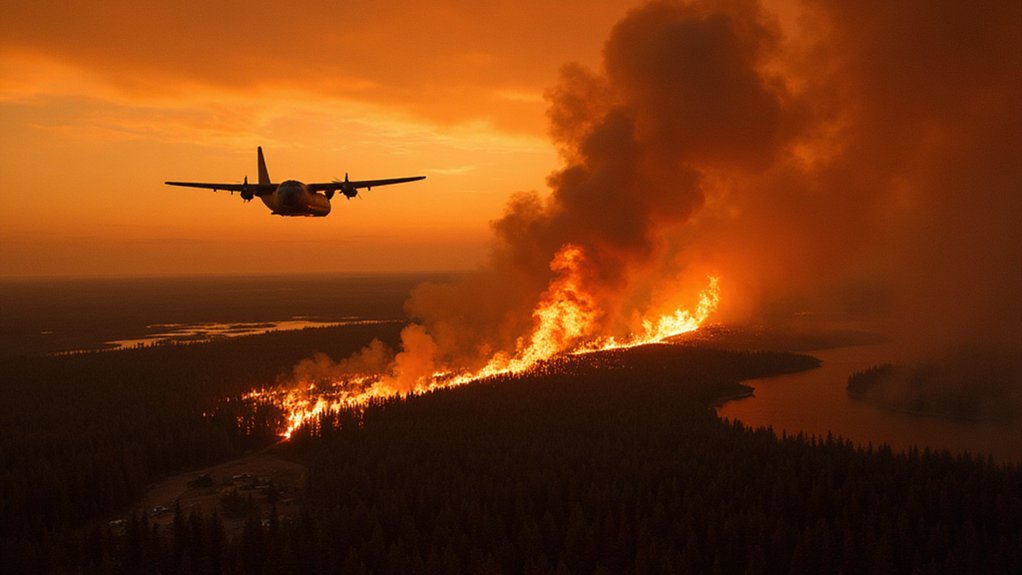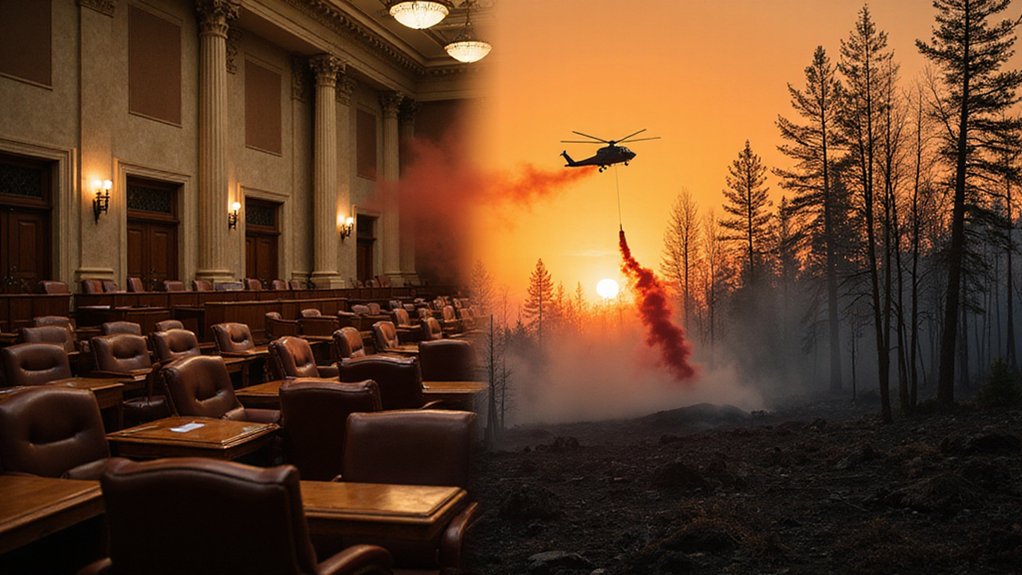The world’s decades-long obsession with fighting every wildfire has backfired in a dangerous way. Fire experts now point to overwhelming evidence that aggressive fire suppression policies have doubled the amount of land burning at high severity compared to natural fire patterns. By eliminating smaller, beneficial fires, we’ve allowed dangerous amounts of vegetation to build up in forests across the globe.
This fuel accumulation acts like a tinderbox waiting for a spark. When fires do ignite, they burn hotter and spread faster than fires in naturally managed forests. Dense undergrowth and deadwood serve as “ladder fuels” that help flames climb into treetops, creating devastating crown fires that are nearly impossible to control.
The results can be seen in recent catastrophes. The 2019-2020 Australian fires and the 2020 California wildfire season demonstrated how suppression-created fuel loads can lead to disaster. These megafires strain firefighting resources, cause greater property damage, and result in more loss of life than historical wildfire patterns.
Recent megafires show the frightening consequences of fire suppression policies—overwhelming resources, devastating communities, and claiming more lives than natural fire patterns.
Climate change makes this situation worse. Hotter, drier conditions interact with built-up fuels to create perfect conditions for explosive fire growth. Low humidity and drought stress vegetation, making forests even more flammable. Fire seasons now produce more simultaneous large fires, overwhelming response capabilities. The suppression bias phenomenon significantly contributes to these extreme conditions by removing less-severe wildfires from landscapes, leaving only high-intensity megafires. Research from the University of Washington indicates that simultaneous megafires will dramatically increase in the Western USA due to climate change, further complicating firefighting efforts. With global temperatures having risen 1.1°C since the 1800s, these extreme fire conditions are becoming increasingly common worldwide.
The ecological impacts are severe. High-intensity megafires drastically reduce biodiversity, with some plant and animal populations taking decades to recover. Soil damage from extreme heat can delay forest regrowth and alter nutrient cycles essential for ecosystem health.
Fire scientists note that these catastrophic blazes are occurring about a century earlier than natural fire cycles would predict. This means fire suppression has accelerated, not prevented, destructive wildfires. Today’s megafires are more resistant to control efforts, creating a dangerous cycle where suppression leads to worse fires that demand even more suppression.
The evidence is clear: our well-intended effort to fight every fire has created conditions for more destructive megafires that threaten communities and ecosystems alike.
References
- https://www.nature.com/articles/s41467-024-46702-0
- https://pmc.ncbi.nlm.nih.gov/articles/PMC11602714/
- https://evans.uw.edu/faculty-research/research-centers-and-projects/managing-future-risk-of-increasing-simultaneous-megafires/
- https://ntrs.nasa.gov/api/citations/20220004269/downloads/fire-05-00016.pdf
- https://worldforestry.org/the-facts-about-wildfire/
